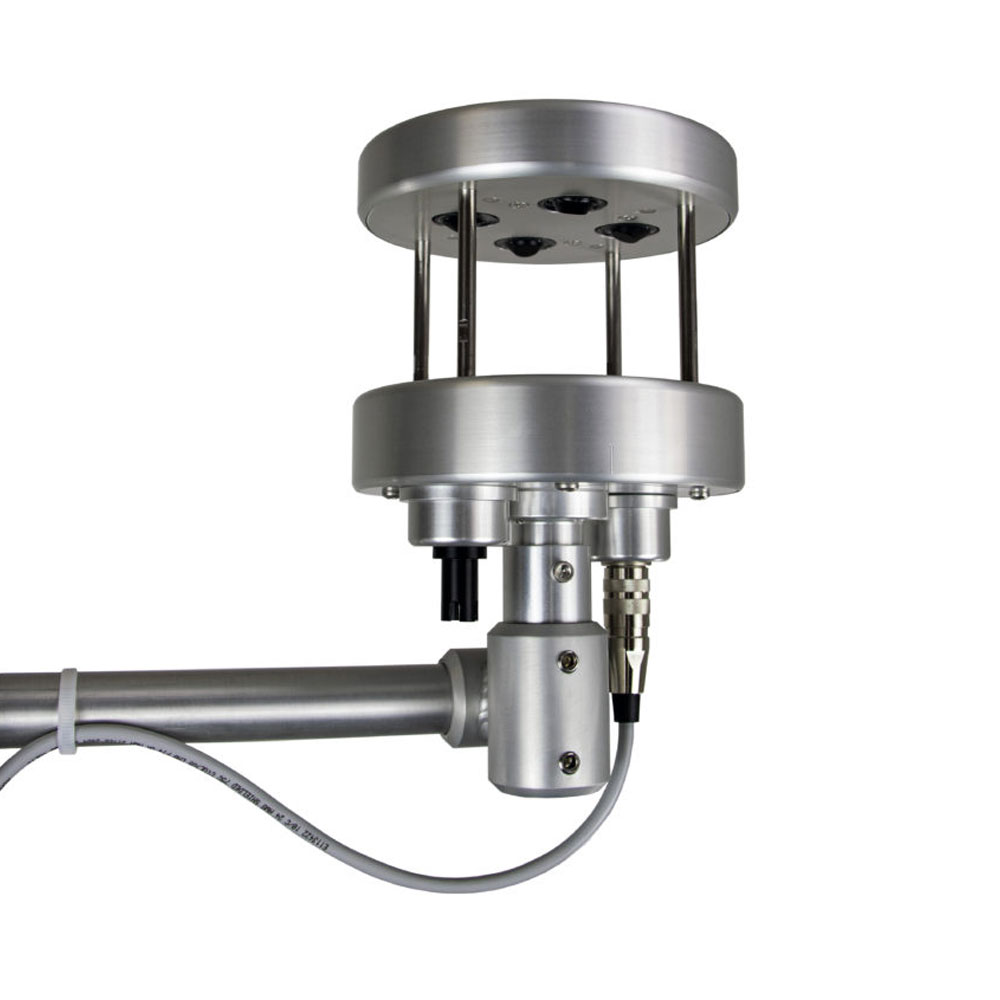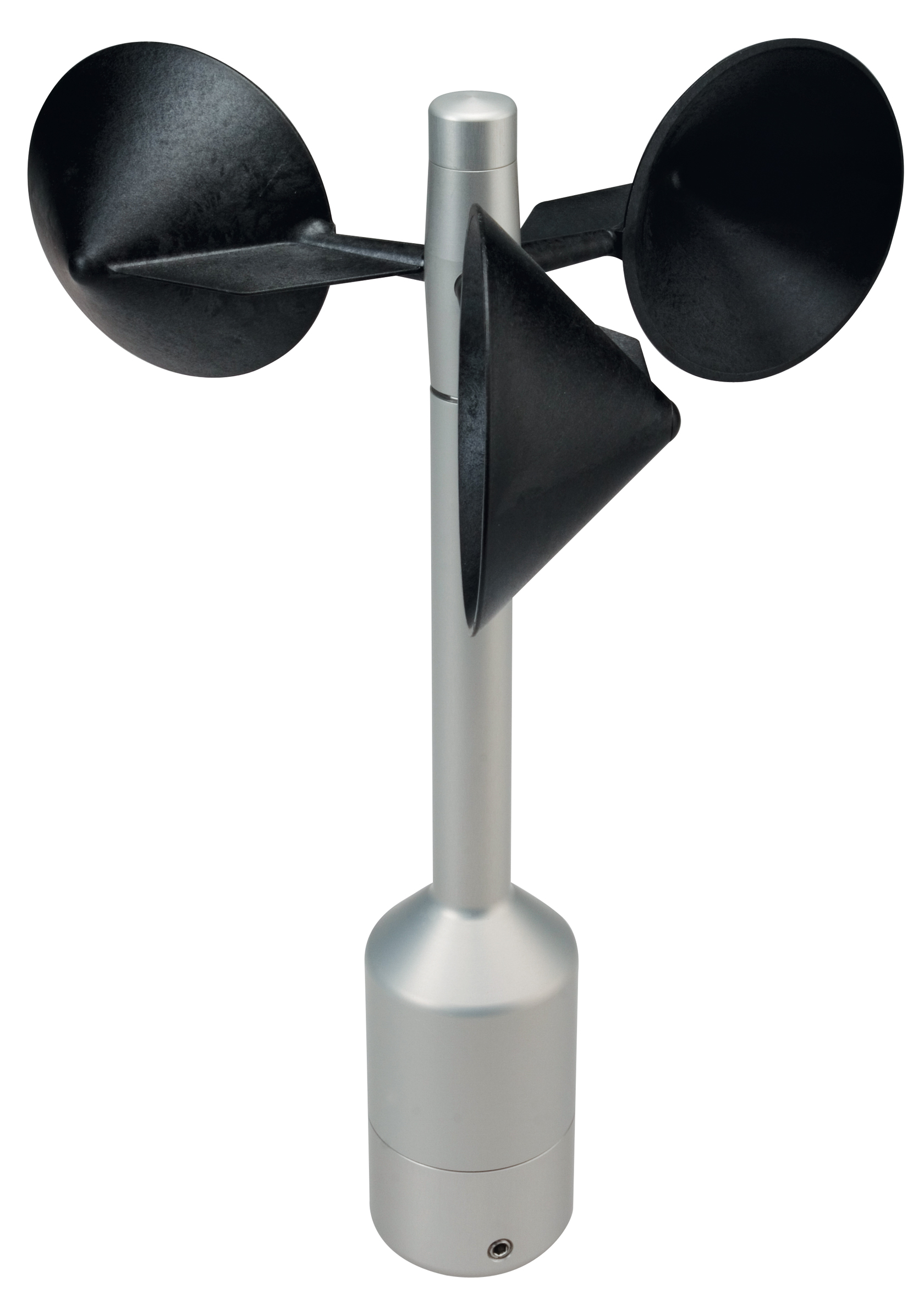Recognizing Different Sorts Of Anemometers for Different Applications
Recognizing Different Sorts Of Anemometers for Different Applications
Blog Article
All You Required to Understand About Anemometers: Just How They Work, Why They Issue, and Where to Utilize Them
Anemometers, however often neglected in the realm of clinical instruments, play a vital function in numerous areas, using important understandings into wind rate and air movement patterns. As we delve right into the ins and outs of anemometer technology, we will certainly uncover the inner operations of these gadgets, their relevance, and the vital factors to consider when picking the best anemometer for certain applications.

Anemometer Basics
An essential tool made use of to gauge wind speed and instructions, the anemometer plays a vital function in weather forecasting and different markets. An anemometer normally consists of 3 or 4 cups that rotate in the wind, a vane that points into the wind, and sensors to track the movements or rotations. By computing the rotations or movements over a particular amount of time, the anemometer can identify wind rate. The vane aids identify wind direction by aiming right into the wind, providing valuable data for weather projecting, air travel, maritime operations, environmental surveillance, and wind power applications.
There are numerous types of anemometers available, consisting of cup anemometers, vane anemometers, hot-wire anemometers, and sonic anemometers, each with its distinct functions and applications. Mug anemometers are typically utilized for standard wind rate dimensions, while vane anemometers are favored for directional dimensions. Hot-wire anemometers are appropriate for low airspeeds, and sonic anemometers are perfect for high-precision dimensions in research and commercial setups. Recognizing the essentials of anemometers is crucial for accurate wind data collection and evaluation throughout various fields.
Principles of Anemometer Procedure
Building on the fundamental understanding of anemometer fundamentals, the principles of anemometer operation illuminate the technicians behind wind rate and instructions measurements. Anemometers run on the principle of airflow affecting a sensing unit, creating it to rotate. Cup anemometers, for circumstances, have three or even more mugs that record the wind, causing them to rotate quicker as the wind rate boosts. The turning rate is after that converted into a wind rate measurement. Vane anemometers, on the other hand, make use of a tail or a probe that straightens itself with the wind instructions, giving a measurement of wind instructions based upon the alignment of the sensing unit. Hot-wire anemometers rely upon a heated cord that cools down as wind passes over it, with the price of cooling identifying the wind speed. Ultrasonic anemometers measure discover this info here wind speed and direction by examining the time it considers ultrasonic signals to take a trip between transducers. Comprehending these principles is important for accurate and trustworthy wind dimensions in different applications.
Relevance of Anemometers
Anemometers play a crucial function in gauging wind rate and direction, giving necessary information for weather condition projecting, climate research studies, ecological tracking, and air travel operations. Meteorologists rely on anemometers to collect precise wind information, assisting them comprehend weather condition patterns, forecast tornados, and problem prompt warnings to the public. Wind farm drivers use anemometers to analyze wind problems and maximize electrical energy production from wind turbines.
Applications Throughout Various Industries
In the sustainable energy field, anemometers play a crucial duty in analyzing wind conditions for wind farm positionings, making sure ideal energy manufacturing. Industries like construction and mining make use of anemometers to check wind rates, important for safety and security procedures, especially when working at heights or in open-pit mines where strong winds can posture threats. In farming, anemometers help farmers in taking care of crop spraying by giving real-time data on wind speed to stay clear of drift.

Choosing the Right Anemometer for Your Requirements
Choosing the ideal anemometer customized to your certain demands is necessary for getting exact wind rate and direction measurements. When selecting an anemometer, consider elements such as the designated application, needed measurement array, ecological problems, and desired features. For general purposes, a mug anemometer appropriates for determining wind speed, while a vane anemometer offers wind instructions information. Hot-wire anemometers are excellent for reduced airspeed dimensions, and ultrasonic anemometers supply high accuracy and sturdiness.

Conclusion
In conclusion, anemometers play an important duty in gauging wind rate and direction throughout various sectors. Comprehending the principles of anemometer operation is vital for choosing the appropriate device for details demands. From weather forecasting to air travel, anemometers are important devices for making sure and accumulating precise data safety and security in different applications. When picking the most appropriate website here gadget for measuring wind conditions., it is crucial to take into consideration the importance of anemometers in order to make educated decisions.
There are different types of anemometers readily available, including mug anemometers, vane anemometers, hot-wire anemometers, and sonic anemometers, each with its special functions and applications. Cup anemometers are commonly made use of for basic wind rate measurements, while vane anemometers are favored for directional measurements. Hot-wire anemometers are suitable for low airspeeds, and sonic anemometers are perfect for high-precision measurements in research and commercial settings.Building on the fundamental understanding of anemometer basics, the principles of anemometer operation clarify the mechanics behind wind rate and direction measurements. For basic objectives, a cup anemometer is ideal for measuring wind speed, while a vane anemometer gives wind instructions data.
Report this page